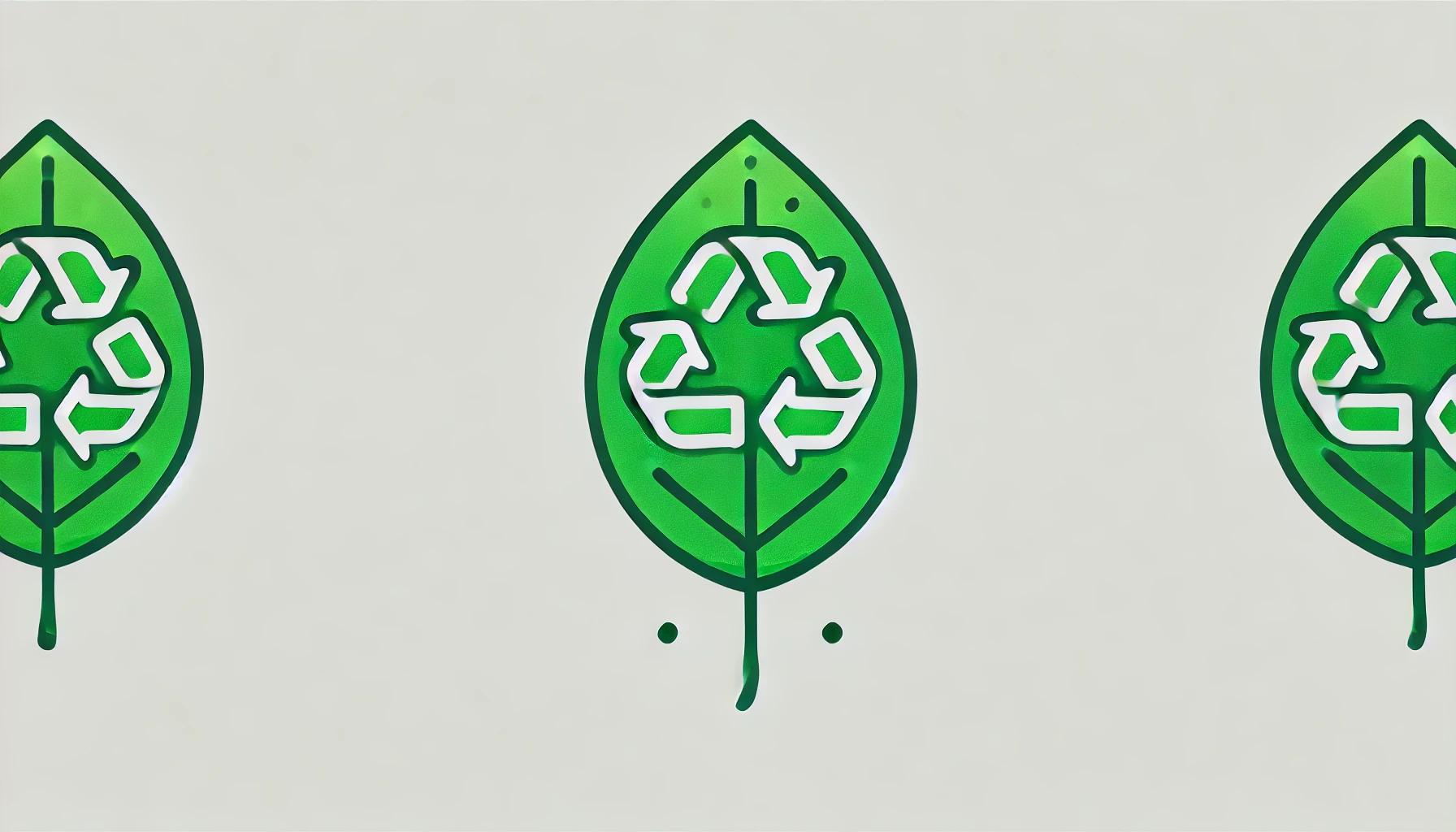DTF Printing: A Greener Alternative in Apparel Production
DTF (Direct-to-Film) printing is gaining traction not only for its versatility but also for its environmentally friendly advancements. By using non-toxic Dupont inks and recyclable transfer sheets, DTF offers a cleaner alternative to traditional screen printing. While no printing method is entirely free of environmental impact, DTF significantly reduces waste and harmful emissions compared to conventional methods, making it a leap forward in sustainable apparel production.

Page Content
Introduction to DTF Printing and Sustainability
In the world of apparel printing, efficiency and quality are key—but so is sustainability. DTF (Direct-to-Film) printing has emerged as a greener option, offering a range of environmental benefits that make it a better choice for conscious consumers and businesses. With non-toxic Dupont inks and recyclable transfer sheets, DTF is leading the charge toward a more sustainable future in the garment industry.
What Is DTF Printing?
DTF printing is a process that transfers designs directly onto fabric using a special film. Unlike other methods, it doesn’t require a screen or setup for each color, making it a more efficient and cost-effective option for smaller runs and detailed designs.
The Environmental Benefits of DTF Printing
Non-Toxic Dupont Inks
At the heart of DTF’s environmental advantage are the non-toxic Dupont inks used in the process. These inks are free from harmful chemicals, reducing the risk of pollutants entering the environment. For businesses and consumers concerned about health and safety, this is a crucial factor.
Recyclable Transfer Sheets
DTF also uses recyclable transfer sheets, which can be reprocessed after use. While the transfer process itself does involve some waste, the ability to recycle these materials significantly reduces the overall environmental footprint. Recycling these sheets prevents them from ending up in landfills, further minimizing environmental harm.
DTF Printing vs. Screen Printing
When comparing DTF printing to traditional screen printing, the environmental benefits become even clearer.
Waste Reduction
Screen printing often involves excess ink waste, especially for multicolored designs. Each color requires its own screen, leading to more ink and material use. In contrast, DTF printing consolidates colors in one process, reducing waste.
Energy Use
Screen printing typically requires extensive setup and cleaning, which consumes water and energy. DTF printing, on the other hand, eliminates much of this preparation, conserving resources and reducing energy use over time.
Chemical Exposure
Screen printing often uses harsh chemicals for cleaning screens and curing inks. These chemicals can pose risks to both workers and the environment. DTF printing avoids the need for these toxic substances, using cleaner materials and processes.
While no printing method is completely impact-free, DTF printing represents a significant leap forward in reducing environmental harm in apparel production.
Why DTF Is a Step Toward a More Sustainable Future
While it's true that no method is completely without a carbon footprint, DTF printing takes considerable steps toward minimizing the environmental impact of apparel printing. By embracing non-toxic inks, recyclable materials, and efficient processes, DTF makes it easier for brands to produce high-quality prints while staying mindful of their environmental responsibility.
Conclusion: A Cleaner Path Forward
As the demand for sustainable solutions in the fashion industry grows, DTF printing stands out as a cleaner, more responsible choice. For businesses and consumers looking to reduce their environmental impact, DTF offers a viable, effective alternative to traditional methods like screen printing.